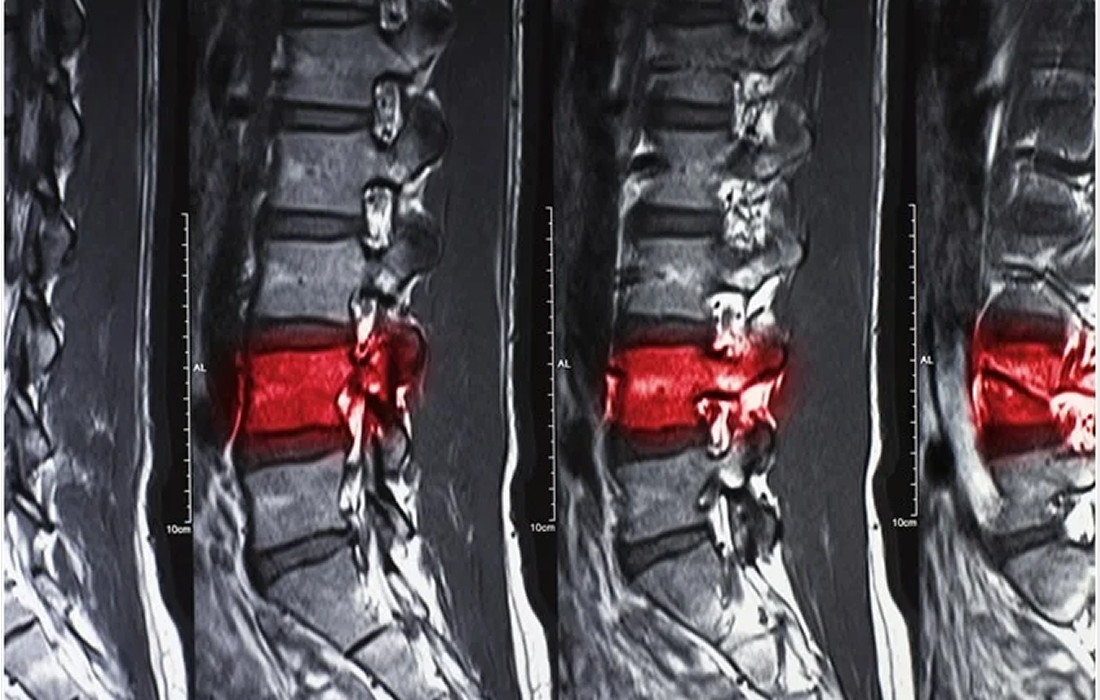Regenerative Medicine News and General Information
Severe Spinal Cord Injuries Repaired with “Dancing Molecules”
A team of researchers from Northwestern University in the United States have developed a new injectable therapy that harnesses “dancing molecules” to reverse paralysis and repair tissue after severe spinal cord injuries. Their research results were published in the journal Science in the November 12 issue.
They administered a single injection to tissues surrounding the spinal cords of paralyzed mice and weeks later, the animals regained the ability to walk.
The therapy works by sending signals to trigger cells to repair and regenerate. The therapy dramatically improved severely injured spinal cord in 5 ways:
- The severed axons regenerated.
- Scar tissue, which can create a physical barrier to regeneration and repair, significantly diminished.
- Myelin, the layer that insulates axons and is essential in transmitting electrical signals efficiently, reformed around cells.
- Funcional blood vessels formed to deliver nutrients to cells at the injury site.
- More motor neurons survived.
After the therapy the materials biodegrade into nutrients for the cells within 12 weeks and disappear from the body without side effects.
“Our research aims to find a therapy that can prevent individuals from becoming paralyzed after major trauma or disease,” said Northwestern’s Samuel I. Stupp, who led the study. “For decades, this has remained a major challenge for scientists because our body’s central nervous system, which includes the brain and spinal cord, does not have any significant capacity to repair itself after injury or after the onset of a degenerative disease. We are going straight to the FDA to start the process of getting this new therapy approved for use in human patients, who currently have very few treatment options.”
According to the National Spinal Cord Injury Statistical Center, nearly 300,000 people are currently living with a spinal cord injury in the United States and less than 3% of people with complete injury ever recover basic physical functions.
The therapy of the researchers is injected as a liquid, the therapy immediately gels into a complex network of nanofibers that mimic the extracellular matrix of the spinal cord and by matching the structure, mimicking the motion of biological molecules and incorporating signas for receptors, the synthetic materials are able to communicate with cells.
The therapy could be used to prevent paralysis after major trauma, as well as from diseases and researchers believe that the underlying discovery that “supramolecular motion” is a key factor in bioactivity can be applied to other therapies and targets.
Source:
Northwestern University. “‘Dancing molecules’ successfully repair severe spinal cord injuries: After single injection, paralyzed animals regained ability to walk within four weeks.” ScienceDaily. ScienceDaily, 11 November 2021.
<www.sciencedaily.com/releases/2021/11/211111153635.htm>.
Image from:

